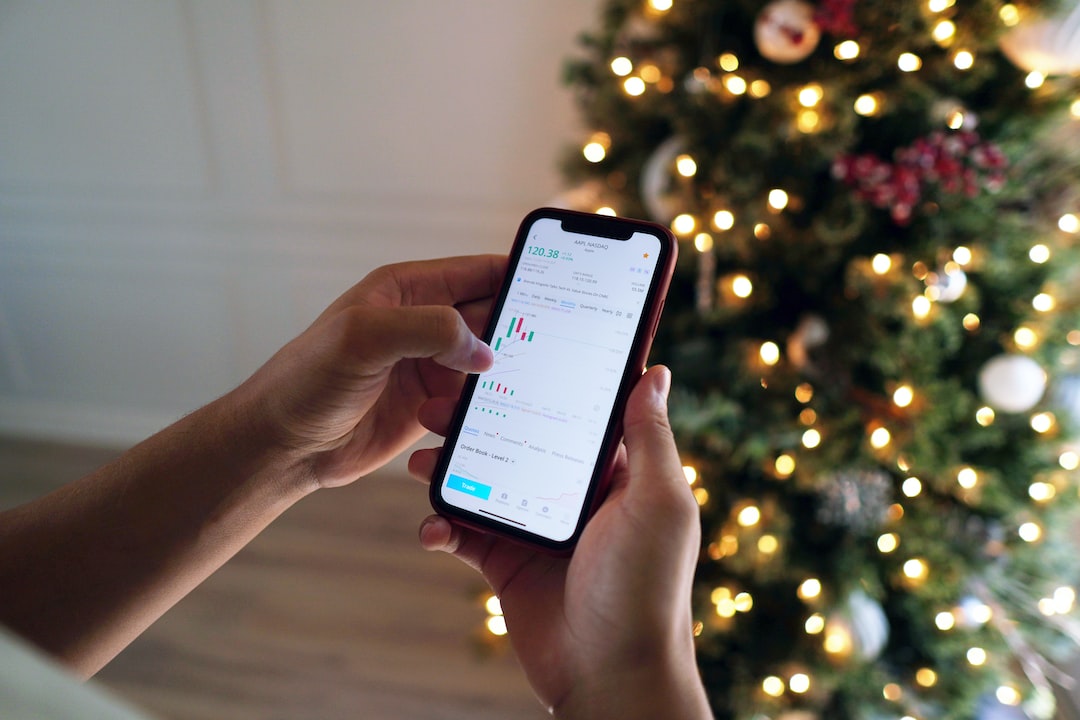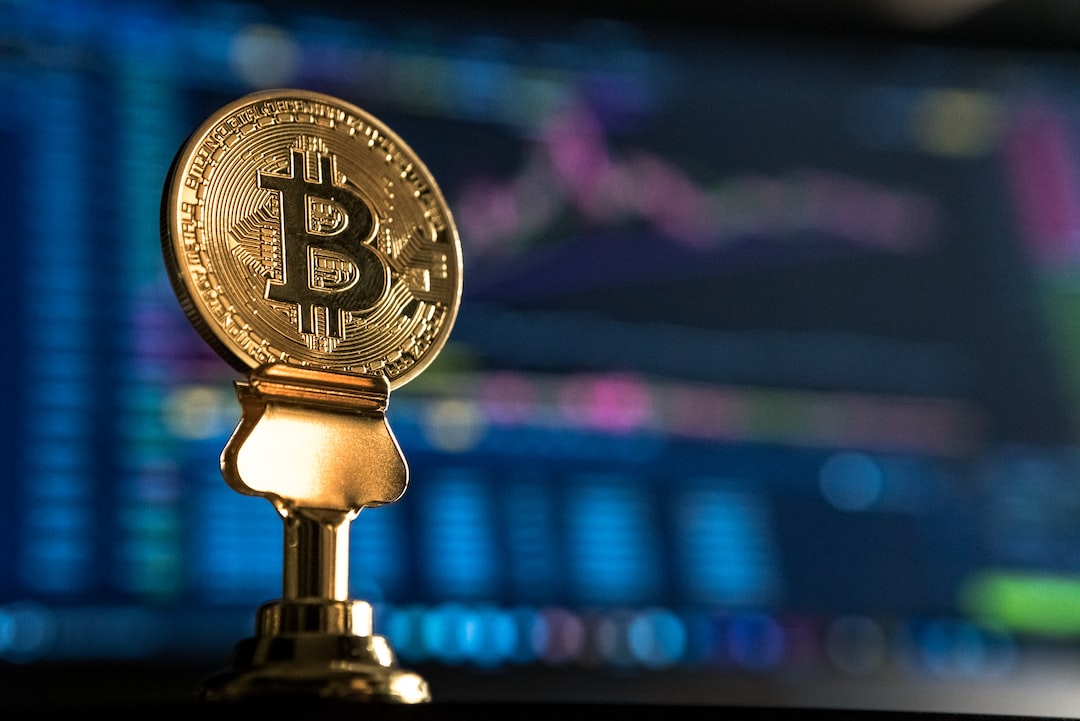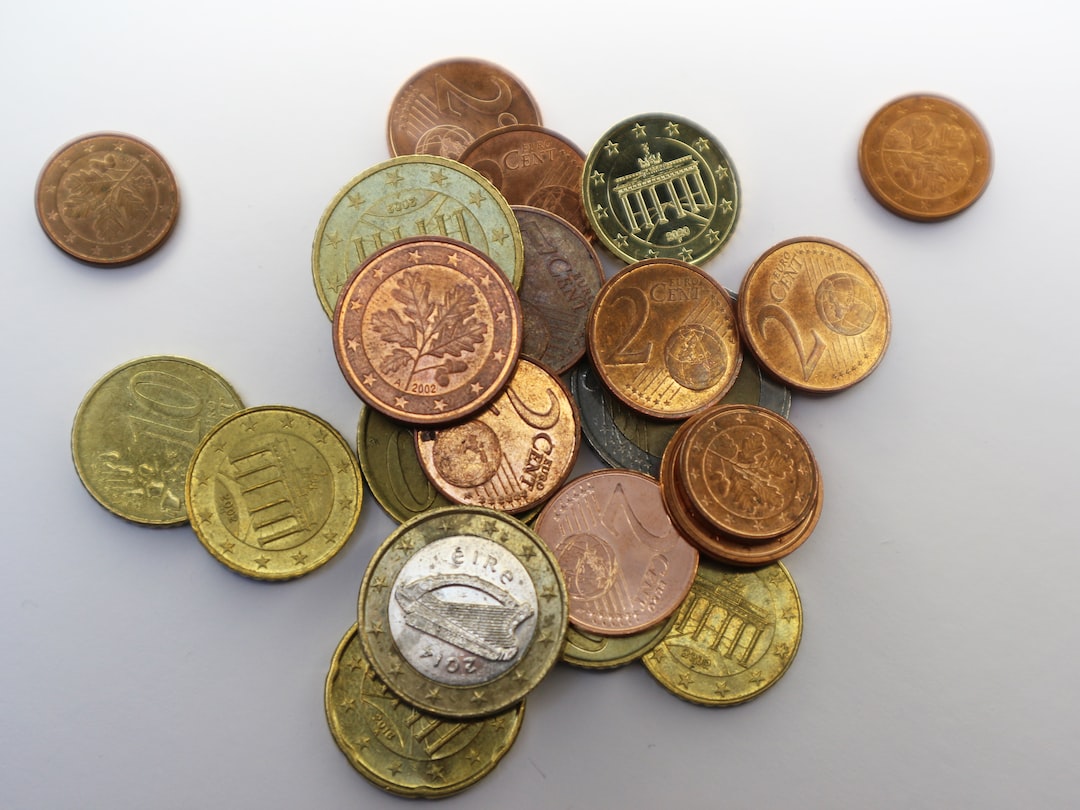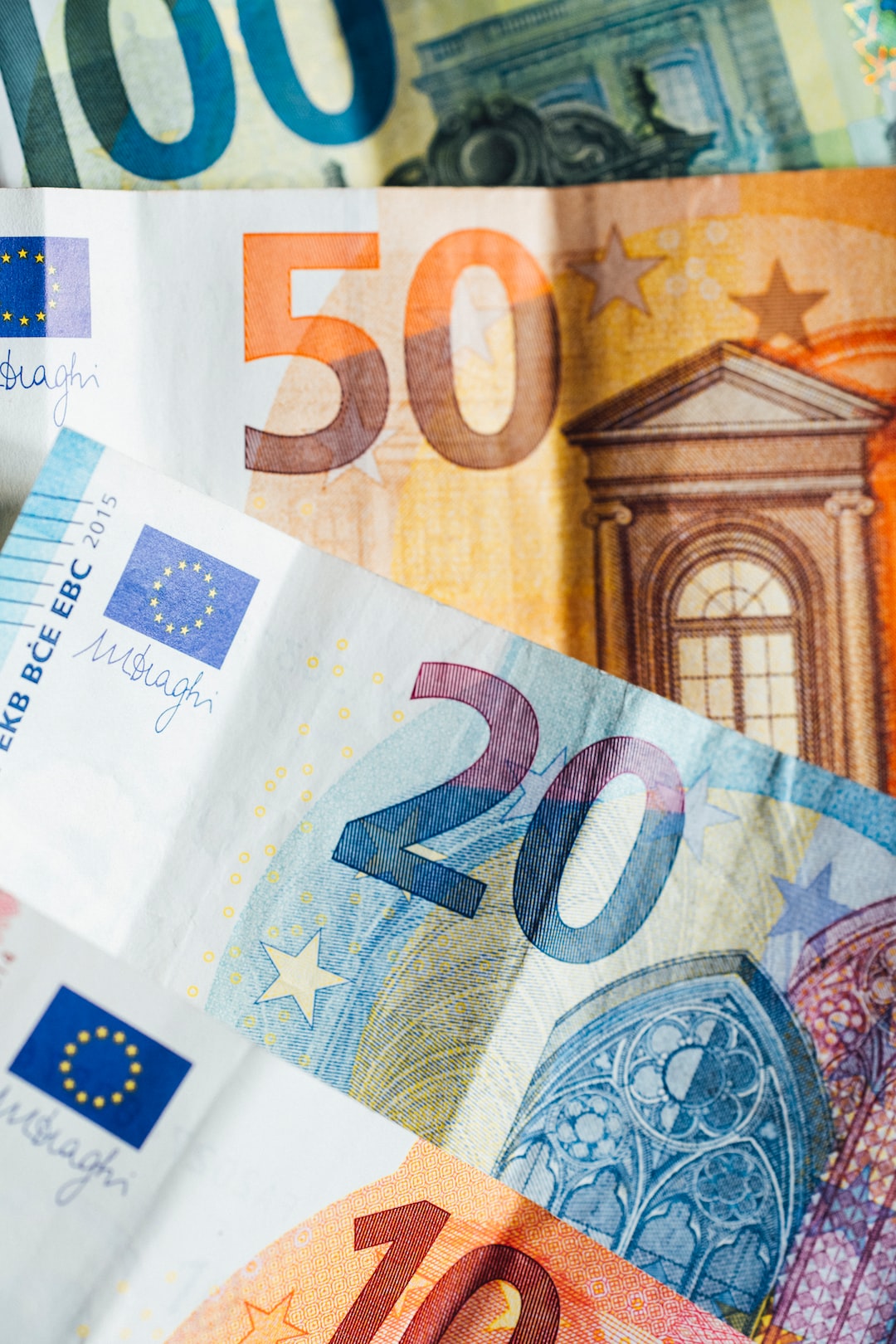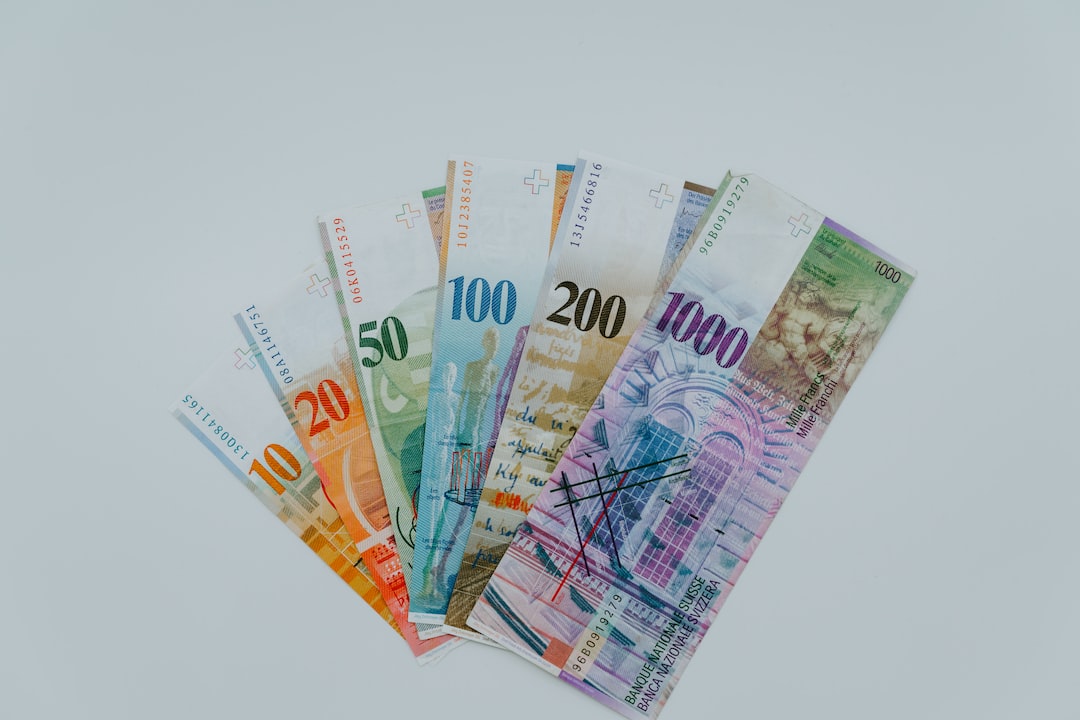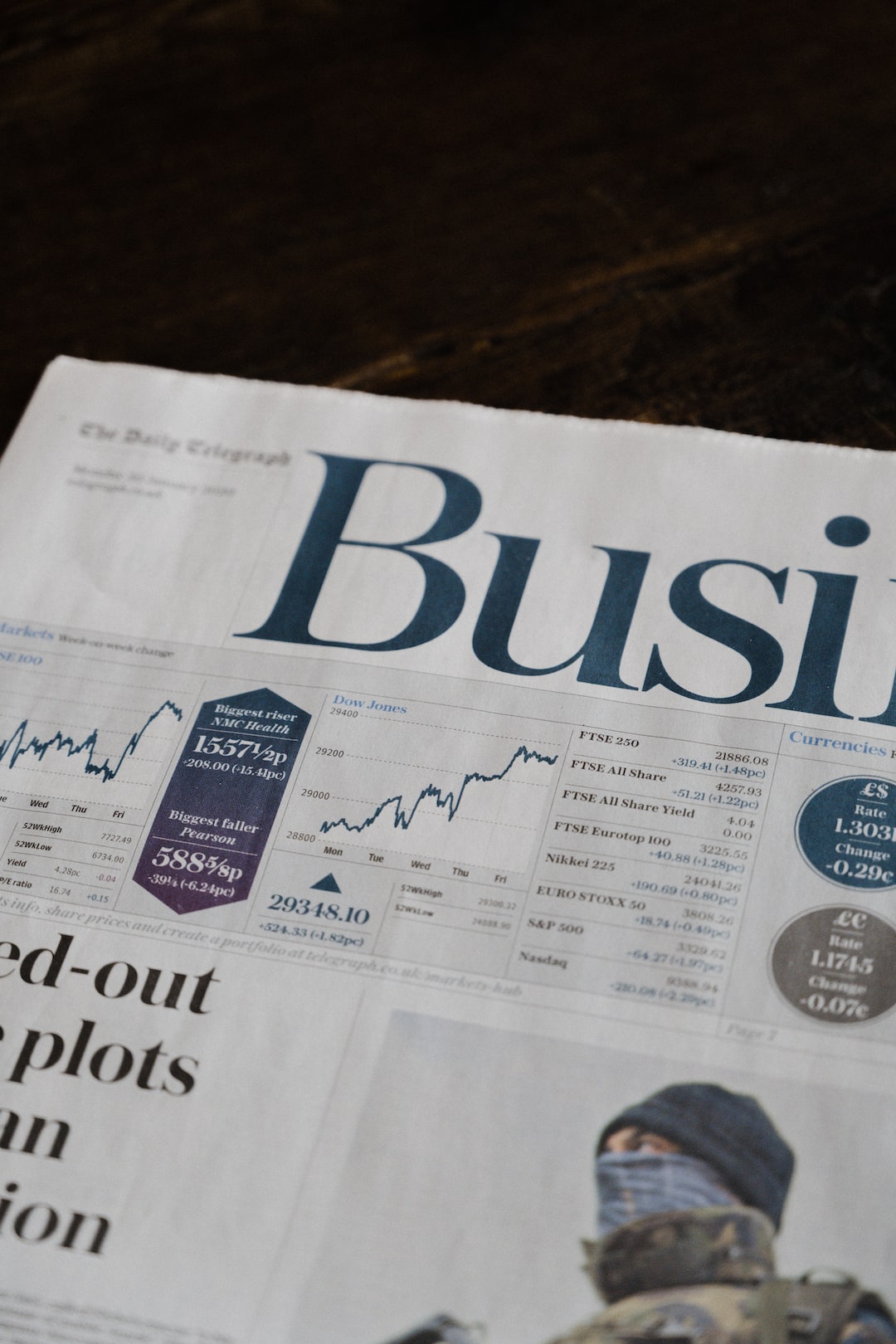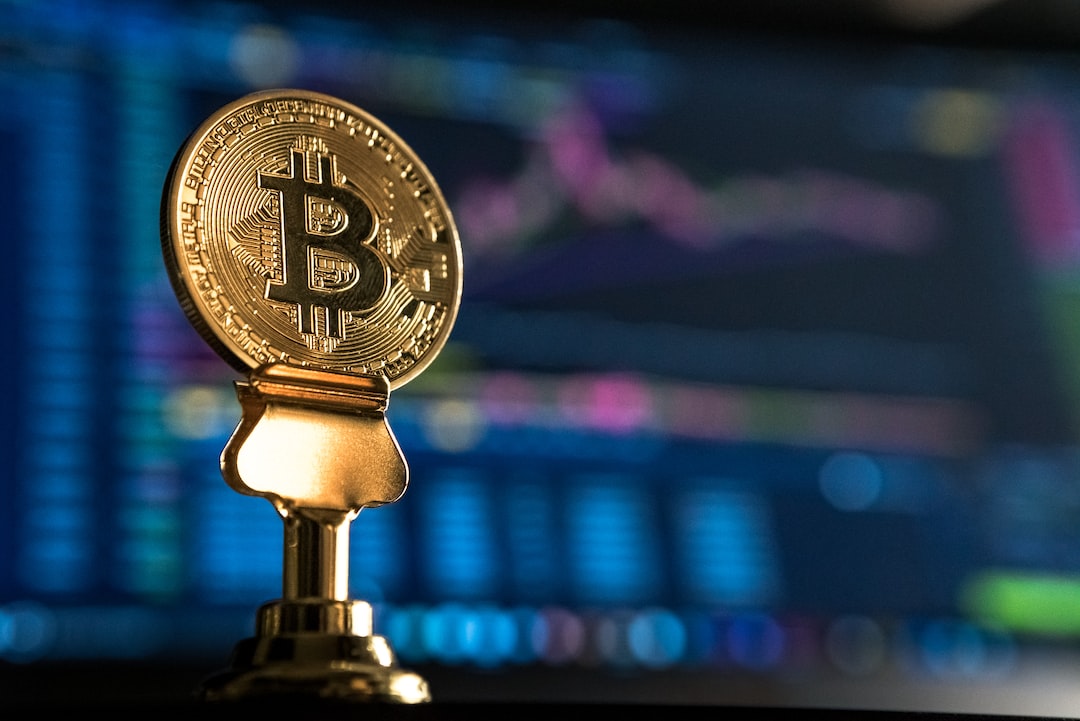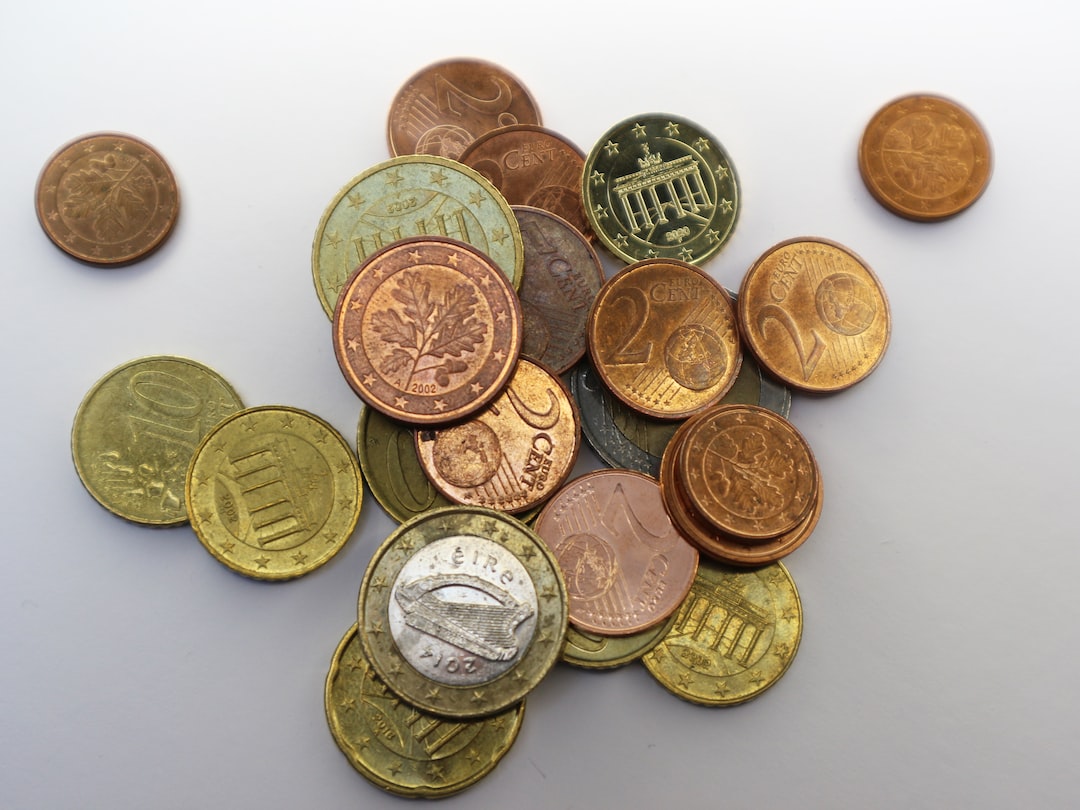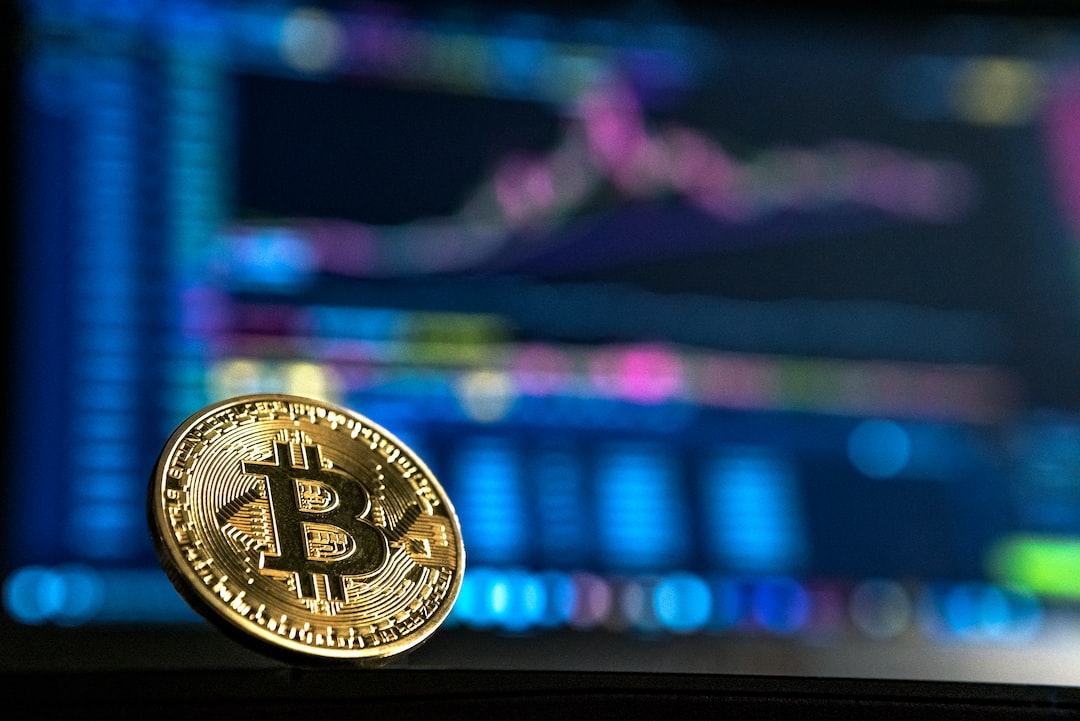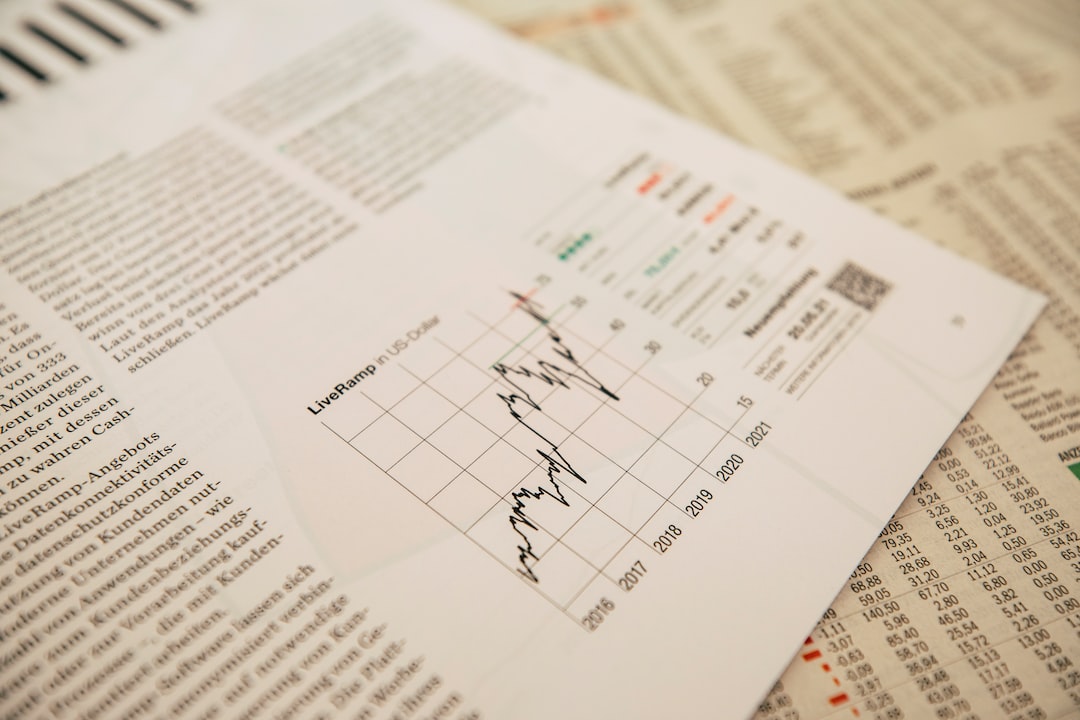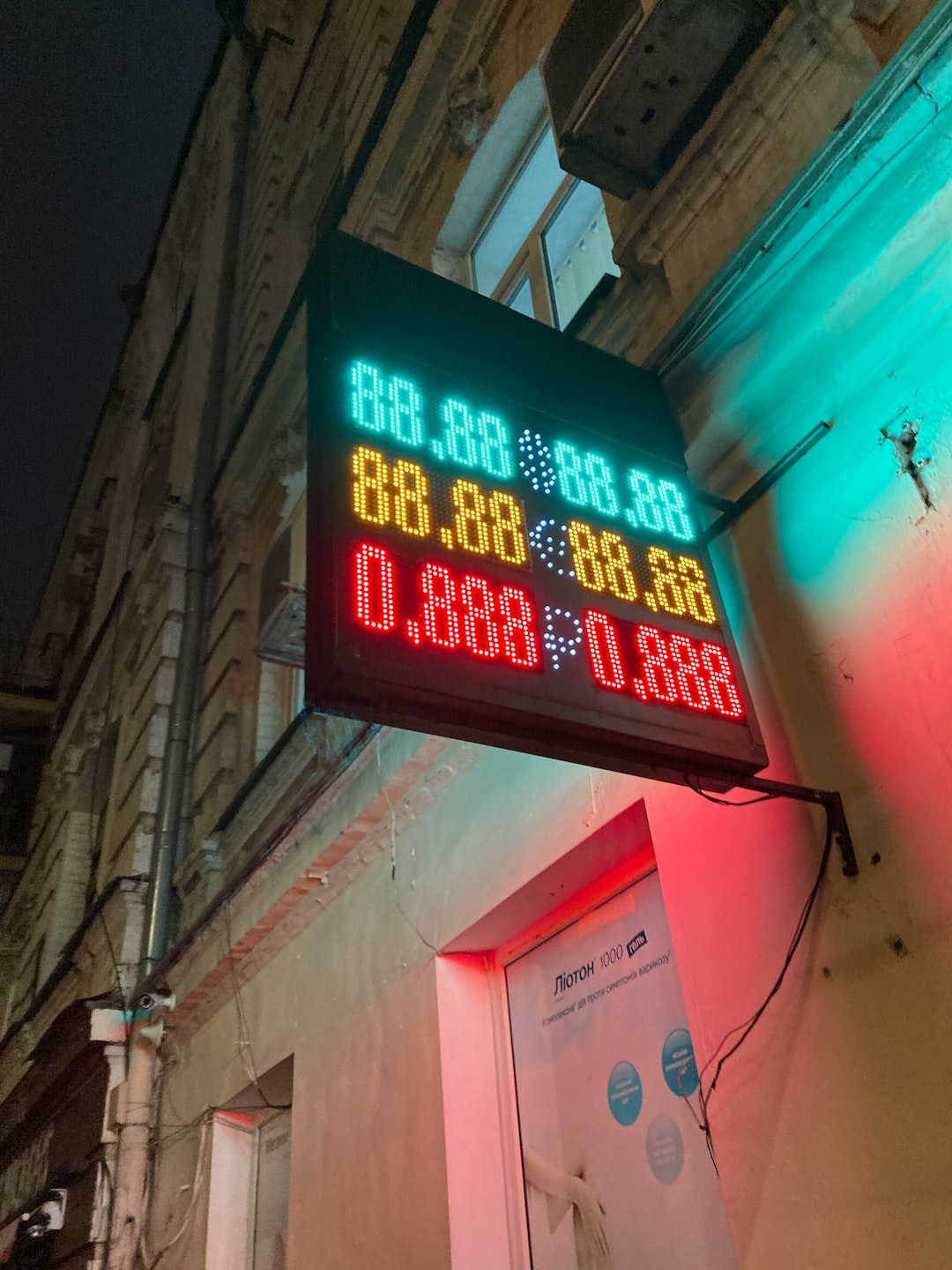Exploring the Impact of News Events on 1 Pip in Forex Trading
One of the most important aspects of forex trading is understanding the impact that news events can have on the price movements of currency pairs. Forex traders closely monitor economic indicators, geopolitical events, and central bank announcements to assess how these factors can affect the forex market.
A pip, short for “percentage in point,” is the smallest unit of measurement in forex trading. It represents the fourth decimal place in most currency pairs, except for the Japanese yen pairs where it represents the second decimal place. The value of a pip varies depending on the currency pair and the lot size traded.
News events can have a significant impact on the forex market, causing price volatility and potentially affecting the value of a single pip. Traders need to be aware of these events and how they can influence their trading decisions. Let’s explore some of the ways news events can impact the value of 1 pip in forex trading.
1. Economic Indicators:
Economic indicators, such as Gross Domestic Product (GDP), inflation rates, and unemployment data, provide insights into the health of a country’s economy. Positive economic data can strengthen a currency, while negative data can weaken it.
For example, if the GDP of a country exceeds expectations, it can lead to an increase in the value of its currency. This could result in a larger movement in the exchange rate, potentially impacting the value of 1 pip.
2. Central Bank Announcements:
Central banks play a crucial role in forex trading as they have the power to influence interest rates and monetary policy. When a central bank announces a change in interest rates or monetary policy, it can have a significant impact on currency values.
If a central bank increases interest rates, it can attract foreign investors seeking higher returns on their investments. This increased demand for the currency can lead to a stronger exchange rate and potentially affect the value of 1 pip.
3. Geopolitical Events:
Geopolitical events, such as elections, political crises, and natural disasters, can create uncertainty in the forex market. Uncertainty often leads to increased volatility and larger price movements.
For instance, political instability in a country can cause its currency to depreciate rapidly. This depreciation can result in larger fluctuations in the exchange rate, potentially impacting the value of 1 pip.
4. Market Sentiment:
Market sentiment refers to the overall attitude of traders towards a particular currency or the forex market as a whole. It is influenced by a variety of factors, including news events, economic indicators, and investor behavior.
If market sentiment is optimistic and traders believe that a currency will strengthen, it can lead to increased buying pressure. This buying pressure can cause larger price movements and potentially affect the value of 1 pip.
5. Trading Volume and Liquidity:
News events can also impact trading volume and liquidity in the forex market. During major news releases, such as central bank announcements or economic data releases, trading volume tends to increase significantly. Higher trading volume can lead to increased liquidity and potentially larger price movements.
When there is higher liquidity, it becomes easier to execute trades at desired prices. However, it can also result in slippage, which is the difference between the expected price and the actual execution price of a trade. Slippage can impact the value of 1 pip as it affects the overall profitability of a trade.
In conclusion, news events have the potential to impact the value of 1 pip in forex trading. Economic indicators, central bank announcements, geopolitical events, market sentiment, trading volume, and liquidity all play a role in determining the impact of news events on the forex market. Forex traders need to stay informed about these events and understand how they can affect currency values and price movements. By doing so, they can make more informed trading decisions and potentially capitalize on opportunities in the forex market.



